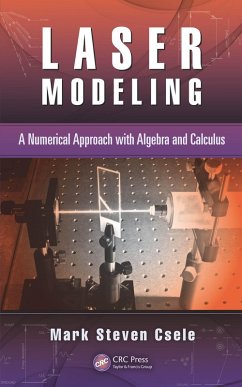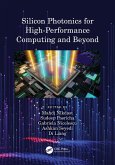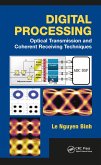- Explains how to formulate an accurate gain threshold equation as well as determine small-signal gain
- Discusses gain saturation and introduces a novel pass-by-pass model for rapid implementation of "what if?" scenarios
- Outlines the calculus-based Rigrod approach in a simplified manner to aid in comprehension
- Considers thermal effects on solid-state lasers and other lasers with new and efficient quasi-three-level materials
- Demonstrates how the convolution method is used to predict the effect of temperature drift on a DPSS system
- Describes the technique and technology of Q-switching and provides a simple model for predicting output power
- Addresses non-linear optics and supplies a simple model for calculating optimal crystal length
- Examines common laser systems, answering basic design questions and summarizing parameters
- Includes downloadable Microsoft® Excel(TM) spreadsheets, allowing models to be customized for specific lasers
Don't let the mathematical rigor of solutions get in the way of understanding the concepts. Laser Modeling: A Numerical Approach with Algebra and Calculus covers laser theory in an accessible way that can be applied immediately, and numerically, to real laser systems.
Dieser Download kann aus rechtlichen Gründen nur mit Rechnungsadresse in A, B, BG, CY, CZ, D, DK, EW, E, FIN, F, GR, HR, H, IRL, I, LT, L, LR, M, NL, PL, P, R, S, SLO, SK ausgeliefert werden.









